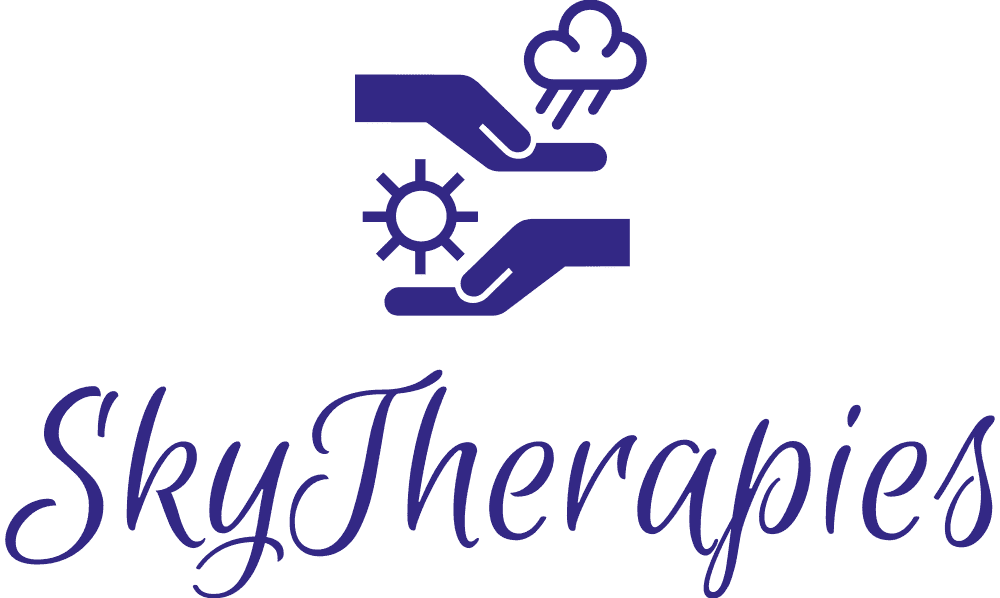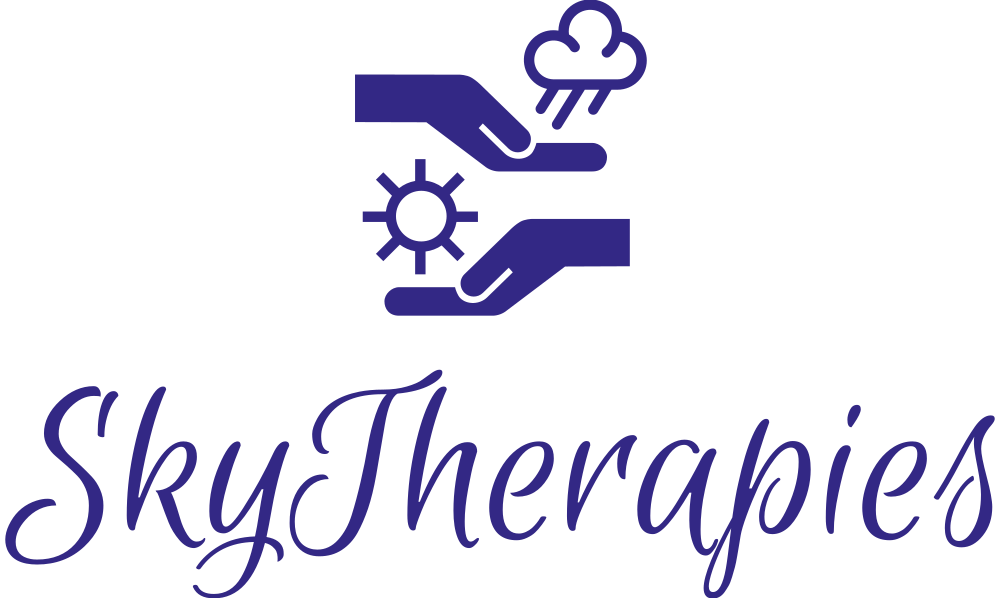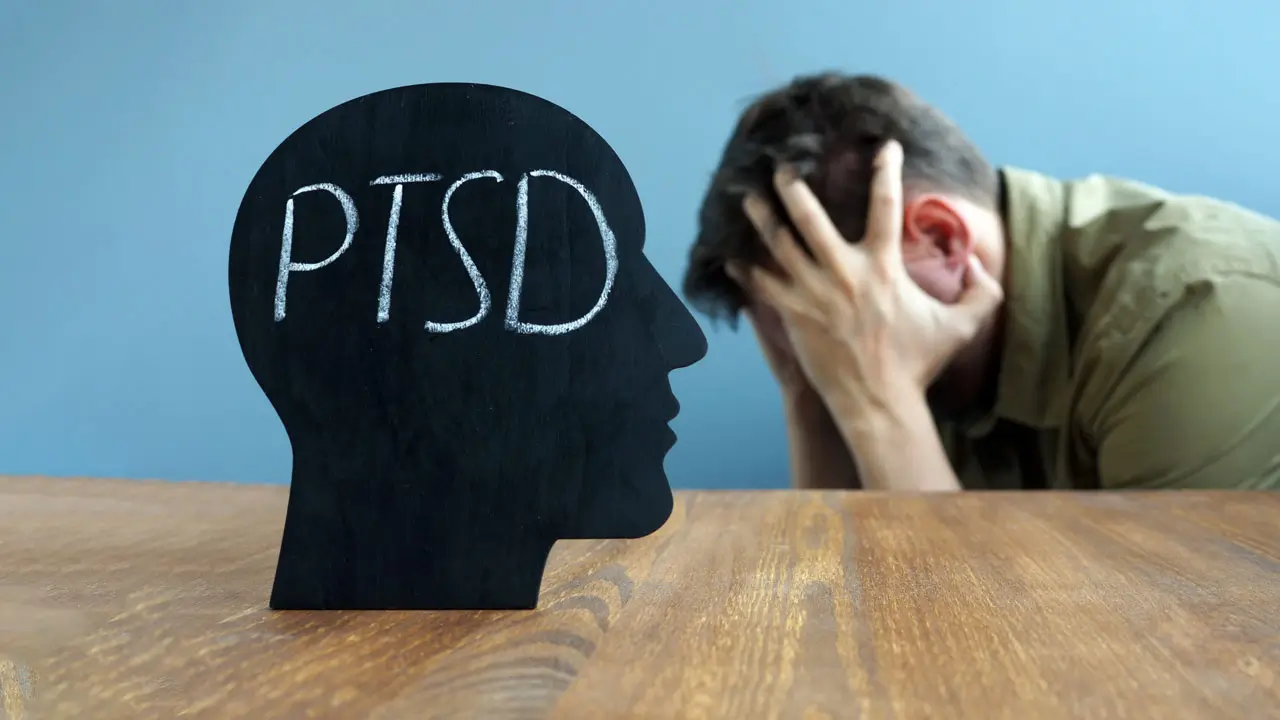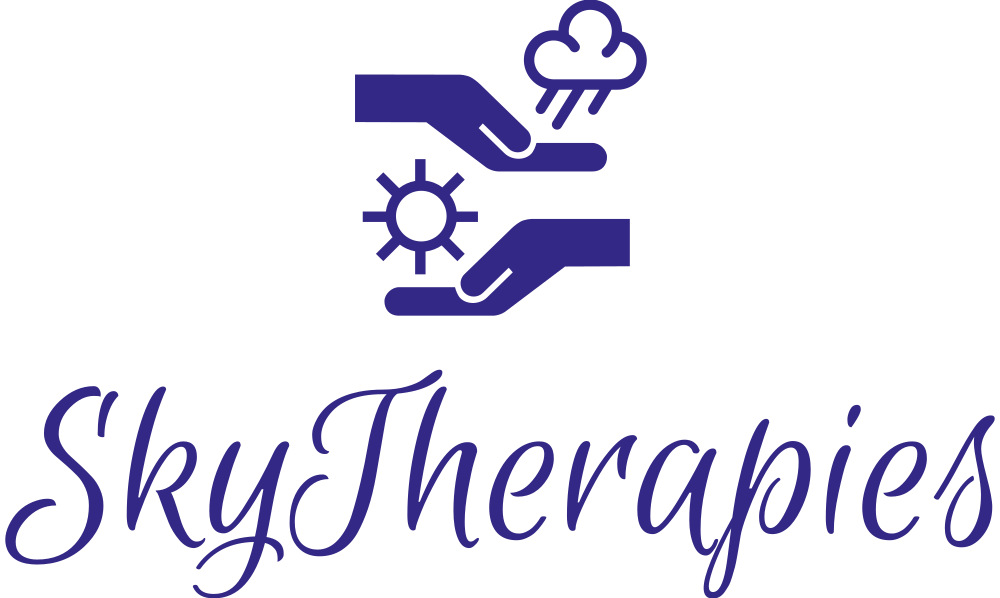Living with post-traumatic stress disorder (PTSD) can feel like walking through a minefield of unexpected emotional and physical responses. Triggers, often tied to past trauma, can arise in the most mundane situations, leaving you overwhelmed and disconnected. However, understanding and managing PTSD triggers is possible. With the right tools, support, and therapeutic approaches, you can regain control and find calm amid the chaos.
At Sky Therapies, we specialize in helping individuals navigate PTSD triggers, providing them with the skills and resources needed to heal. This blog explores what PTSD triggers are, why they happen, and how to manage them effectively.
What Are PTSD Triggers?
PTSD triggers are stimuli—whether internal (thoughts, feelings) or external (sounds, places, smells)—that remind your brain of past trauma. These triggers activate your body’s fight, flight, or freeze response, even if there is no present danger.
Triggers can manifest as:
- Flashbacks: Reliving the traumatic event as if it’s happening now.
- Emotional distress: Sudden anxiety, anger, or fear.
- Physical symptoms: Racing heart, sweating, or nausea.
Understanding what triggers you and why is a crucial step in managing PTSD.
Why Triggers Happen
The brain plays a central role in PTSD. When trauma occurs, the brain’s processing of memory can become disrupted. Instead of storing the traumatic event as a past experience, the brain may treat reminders of the event as immediate threats.
Triggers occur because:
- The amygdala, the brain’s alarm system, remains hyperactive, scanning for danger.
- The hippocampus, responsible for differentiating past from present, struggles to contextualize trauma.
- The prefrontal cortex, which regulates decision-making and rational thinking, is less effective in moments of stress.
This interplay of brain regions can make triggers feel overwhelming, but there are ways to rewire these responses.
Tools for Navigating PTSD Triggers
-
Grounding Techniques
Grounding brings your focus to the present moment, helping you disconnect from the past and return to safety. Try:
- The 5-4-3-2-1 technique: Identify five things you see, four you feel, three you hear, two you smell, and one you taste.
- Deep breathing: Inhale for four counts, hold for four, exhale for six.
-
Emotion Awareness and Expression Therapy (EAET)
Unprocessed emotions tied to trauma can fuel PTSD triggers. EAET helps you connect with and release these emotions, reducing their hold on you.
-
Deep Brain Reorienting (DBR)
DBR targets the root of trauma stored in the brain, helping to release emotional pain and reprogram your response to triggers.
-
Eye Movement Desensitization and Reprocessing (EMDR)
EMDR uses bilateral stimulation to help your brain reprocess traumatic memories, reducing their intensity and the frequency of triggers.
-
Safe Visualization
Create a mental “safe place” where you can retreat during moments of distress. Visualize it in vivid detail, incorporating soothing imagery and sensations.
Self-Care Strategies to Manage PTSD Triggers
Alongside therapy, self-care can enhance your ability to cope with and reduce the impact of triggers:
-
Establish Routines
Consistent routines provide a sense of safety and predictability, reducing the likelihood of feeling overwhelmed.
-
Move Your Body
Engage in activities like yoga, walking, or swimming to release stored tension and regulate your nervous system.
-
Practice Mindfulness
Mindfulness helps you stay connected to the present. Apps, guided meditations, or simple practices like observing your breath can be transformative.
-
Journal Your Triggers
Keeping a trigger journal can help you identify patterns, understand what affects you, and develop strategies to cope.
-
Build a Support Network
Surround yourself with people who understand your journey and respect your boundaries.
How Sky Therapies Can Help
At Sky Therapies, we offer a safe and supportive environment to help you navigate PTSD triggers and reclaim your life. Our trauma-informed approaches are tailored to your unique experiences and needs.
Therapeutic Options Include:
- DBR: Address trauma at its core to reduce emotional reactivity.
- EMDR: Reprocess traumatic memories for lasting relief.
- EAET: Release trapped emotions to break the cycle of triggers.
- Mind-Body Therapies: Reconnect with your body to promote healing and balance.
Our team is dedicated to empowering you with the tools and resources to find freedom from PTSD.
Moving Forward
Managing PTSD triggers is not about erasing the past but learning to respond to it differently. With patience, self-compassion, and the right therapeutic support, you can reduce the hold triggers have on your life.
At Sky Therapies, we are here to guide you every step of the way. Contact us today to start your journey toward healing and rediscover the peace and joy you deserve.
Take the first step toward reclaiming control. Reach out to Sky Therapies today and let us help you navigate your triggers with confidence and care.





